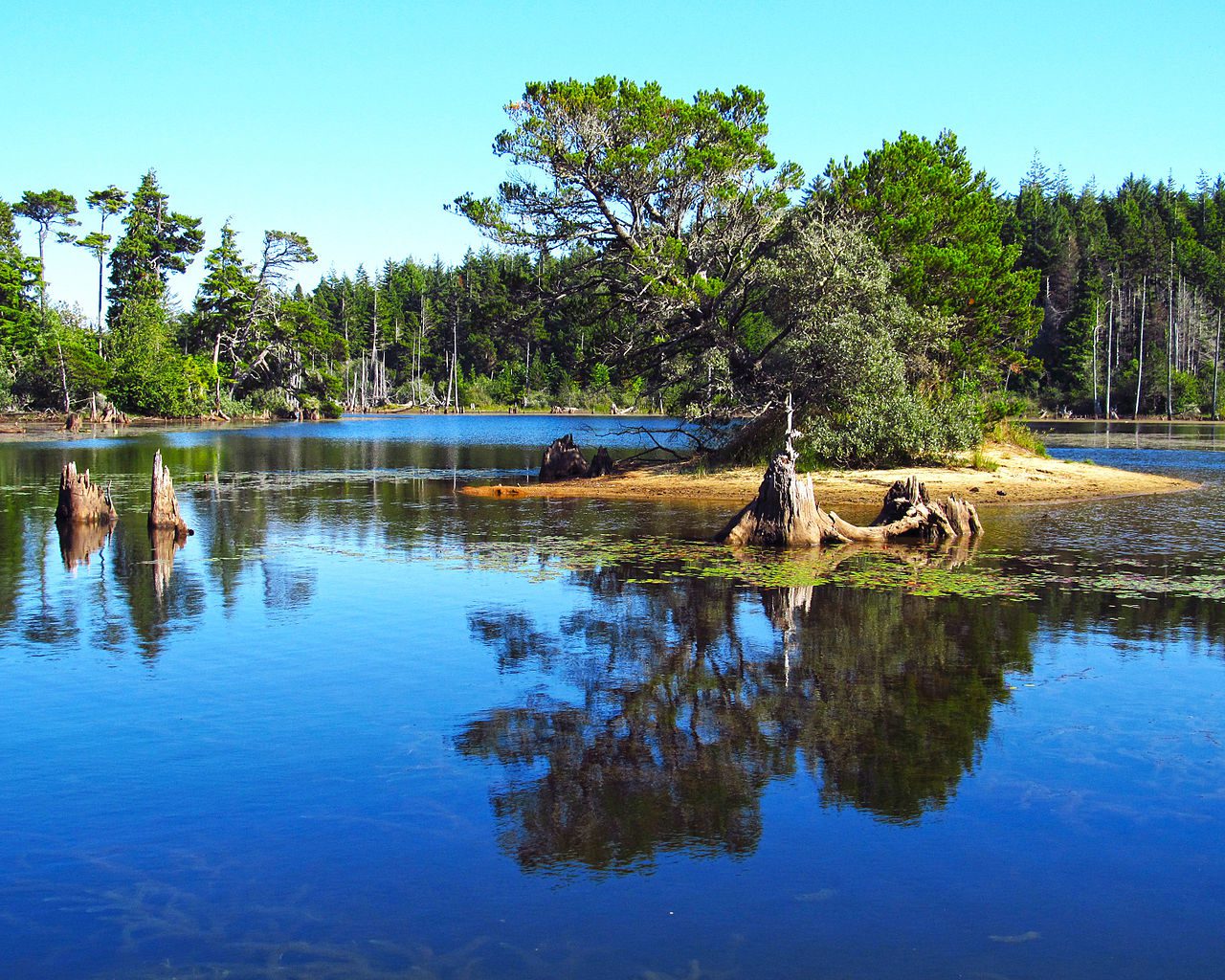![Endangered Western Lily in Southern Oregon [Video] Lily](https://guardianlv.com/wp-content/uploads/2018/02/Western-Lilly-Liliumoccidentale-334x450.jpg) Found only in the coastal marshes of Southern Oregon is the endangered Lilium occidentale commonly referred to as the Western Lily. These flowers only bloom once a year.
Found only in the coastal marshes of Southern Oregon is the endangered Lilium occidentale commonly referred to as the Western Lily. These flowers only bloom once a year.
The firey blooms grow in the South Slough National Estuarine Research Reserve in Coos Bay. It is the only known location where the flowers grow. Scientists are working to increase the lily’s numbers, which was placed on the endangered list on September 16, 1994.
Conservationists transplanted most of the lilies found in the reserve from nurseries. During the blooming season, two weeks a year they search for new blooms and baby plants.
In an experiment to determine if grazing animals are problematic, biologists built wood framed enclosures the size of “an old-school VW Bug,” according to Oregon Public Radio. The video below shows flowers growing in and outside of the cages.
The success of this delicate flower’s ability to thrive requires the right combination of slightly acidic peat bog, sunshine, open areas without trees, and a high water table that stays wet throughout the driest of summers.
Both Biology and Man Are Threats to the Western Lily
These lilies are threatened by invasive plants, encroaching forest canopies, and grazing wildlife. Additionally, draining the bogs, converting land for agricultural usage, and urban development have significantly caused a negative impact. The Oregon Conservation Strategy, a division of Oregon Fish & Wildlife, adds fire suppression to the list of problems the red star-shaped blooms has experienced.
One of the agricultural changes affecting the Western Lily is the cranberry bogs. Estimates indicate there are approximately 27,000 acres of cranberry bogs. When the berries begin to bloom bees are trucked in to facilitate the pollination of the crops. Another negative impact occurs at the end of the growing season when machinery is brought in to harvest the cranberries. Both of these events bring additional congestion, need for temporary housing, and smog.
In Coos and Curry counties tourists flock to enjoy seemingly endless miles of windblown sand dunes, hiking trails, and bird watching. Choosing to wander off of the trails at the reserve impacts the decline of growth area for the flower. Moreover, these flashy lilies are quite attractive and it might be hard to resist the temptation to pick them.
Additionally, the steady incline in population growth has warranted increased housing. Along with the growing census, tourism has increased the need for more shopping outlets. All of these result in increased traffic thereby adding to the residual air and noise pollutions.
Conservation Actions for the Western Lily
![Endangered Western Lily in Southern Oregon [Video] lily](https://guardianlv.com/wp-content/uploads/2018/02/western-lily-coos-bay-450x343.jpg) Currently, it is estimated only 1,000 Western Lilies grow each season. Conservationists established an ongoing plan to aid these delicate flowers in hopes these numbers will increase. Oregon Fish & Wildlife’s strategies include:
Currently, it is estimated only 1,000 Western Lilies grow each season. Conservationists established an ongoing plan to aid these delicate flowers in hopes these numbers will increase. Oregon Fish & Wildlife’s strategies include:
Continue current conservation efforts, such as grazing management, propagation, and experimental vegetation management (e.g., prescribed fire, mowing). Maintain and restore bog hydrology. Avoid herbicide application during the growing season for roadside populations and use “No Spray” signs for educational purposes.
Scientist’s hope these efforts will prevent extinction and increase the numbers of flowers blooming each year, and ultimately remove the endangered status of Western Lilies.
By Cathy Milne
Sources:
OPB: Endangered Lily Still Faces Challenges On Oregon’s South Coast
US Fish and Wildlife Service: Western lily Lilium occidentale
United States Department of Agriculture: Western Lily (Lilium occidentale Purdy)
Oregon Department of State Lands: About South Slough Reserve
Oregon’s Adventure Coast: Walking and Hiking
Oregon Conservation Strategy: Western Lily
Featured Image Courtesy of Wikimedia Commons by Themom51 – Creative Commons License
Top Image Courtesy of Wikimedia Commons by Jennie Sperling for US Forest Service – No Copyright
Inset Image Courtesy of Courtesy of Bureau of Land Management’s Flickr Page – Creative Commons License



